Introduction
Male breast tissue is a common problem for many boys and men. It is caused by a complex interaction of hormones including growth hormone, prolactin and estrogens acting on the male chest area. These can occur in puberty due to fluctuations in growth hormone or later in life due to environmental and diet factors leading to too much estrogen.
What are the common causes of gynaecomastia?
Common causes include
- obesity, which leads to higher estrogen,
- testosterone abuse, whereby extra testosterone is converted to estrogen and/or stimulates prolactin. or
- any input to the body that increases estrogen relative to testosterone such as excess alcohol, marijuana or certain medications such as anabolic steroids of finasteride, which can block DHT (a powerful form of testosterone) in the nipple area
If I have male breast tissue, how can it be investigated?
Your doctor will likely need to test your testosterone, estrogen, prolactin, copper, thyroid and liver as a minimum. It is also important to have a look at your weight and lifestyle and tell your doctor about any steroids you may be using.
What lifestyle factors can help treat Gynaecomastia?
Addressing male breast tissue starts with addressing lifestyle factors, reducing alcohol and other drug exposures, achieving a healthy body weight and assessing testosterone and estrogen as potential factors.
Often, the gut health is integral to the regulation of these hormones. Eating whole foods with a high vegetable quotient will help encourage healthy microflora to process hormones.
What treatments are there for gynaecomastia?
The goal is to normalise any high estrogen, block the effect of estrogen and reduce prolactin; more or less, to reverse the essential causes of gynaecomastia.
For distressed patients high dose Vitamin B6 along with the use of an estrogen receptor modulator, such as Tamoxifen, are effective in many patients. It should be noted that this comes with a higher risk of blood clots which should be discussed with your doctor.
Reminders
Studies have shown that the use of testosterone and medications with anti estrogenic activity can be somewhat effective in treating male breast tissue. These are available for severe cases that cause particular distress.
It should be noted though that some medications that block estrogen such as tamoxifen or arimidex, carry significant side effects including a higher stroke risk and a risk of reduced bone density respectively.
What herbal medications can be used?
One option for the treatment of extra estrogen is DIM. Diindolylmethane is an indole and comes from cruciferous (cauliflower) vegetables. It has been noted to alter estrogen binding in the body and lower certain kinds of estrogen. It can be taken as a tablet or a cream.
Some doctors advocate the use of broccoli powder as some patients cannot metabolise DIM effectively.
Other supplements may be used to lower estrogen and improve gut health such as
- Calcium D glucarate
- Saccharomyces Boulardii
- Berberine (which helps with weight control)
REFERENCES
Thomson CA, Ho E, Strom MB. Chemopreventive properties of 3,3′-diindolylmethane in breast cancer: evidence from experimental and human studies. Nutr Rev. 2016;74(7):432-443. doi:10.1093/nutrit/nuw010
Yerushalmi R, Bargil S, Ber Y, et al. 3,3-Diindolylmethane (DIM): a nutritional intervention and its impact on breast density in healthy BRCA carriers. A prospective clinical trial. Carcinogenesis. 2020;41(10):1395-1401. doi:10.1093/carcin/bgaa050
Rajoria S, Suriano R, Parmar PS, et al. 3,3′-diindolylmethane modulates estrogen metabolism in patients with thyroid proliferative disease: a pilot study. Thyroid. 2011;21(3):299-304. doi:10.1089/thy.2010.0245

